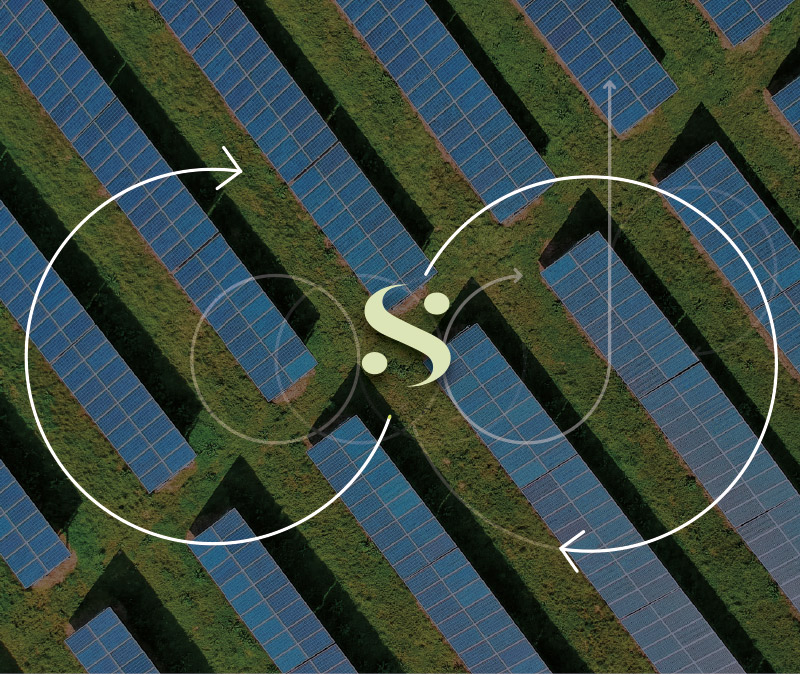Circularity and life cycle assessment are foundational pillars of sustainability within the pharmaceutical industry, essential for minimizing our environmental impact. This holistic approach demands a thorough examination of every stage in the life cycle of goods and materials, from raw material extraction to disposal or recycling. By embracing circularity, we aim to optimize resource use, reduce waste, and mitigate our footprint on the planet.
To effectively implement circularity principles, we must first understand the intricate web of manufacturing processes and their environmental repercussions. This includes considering inbound and outbound materials and goods, as well as solid, liquid, and gaseous effluents. Auxiliary services and functions, such as those within the supply chain and quality controls, also play a crucial role in the circularity equation.
Given the complexity of assessing environmental impacts across the entire life cycle, leveraging software tools becomes invaluable. These tools enable us to analyze a vast array of data relevant to materials and goods, facilitating informed decision-making and optimization.
In the pharmaceutical realm, circularity manifests in various domains:
- Material Selection: Beginning from the design phase, prioritize reusable or recyclable materials and those sourced from renewable energy. Packaging materials, notorious for their environmental impact, should be predominantly recyclable.
- Facility Design Practices: Optimize facility design to maximize reuse and recycling. This includes strategies like steam condensate reuse and closed loops for heat exchange, alongside minimizing leaks and harnessing local resources like well water.
- Operational and Maintenance Practices: Implement robust waste sorting mechanisms and preventive maintenance programs to prolong the life of equipment and reduce material losses. Operator training is essential for maximizing efficiency during manufacturing processes.
- Enhanced Manufacturing Process Knowledge: Utilize technologies like Process Analytical Technology to refine manufacturing processes and optimize resource use.
A significant environmental burden within pharmaceutical facilities stems from solid, liquid, and gaseous effluents. It is imperative to treat these in accordance with local regulations and adopt practices that minimize their impact. Solid waste should be recyclable wherever feasible, with exceptions for special waste requiring specific treatment. Incineration technologies can convert solid waste into a source of thermal energy, while liquid effluents should undergo purification before disposal. Gaseous emissions must be subjected to adequate treatment before release into the atmosphere, with air recirculation encouraged where compliant with regulations.
Furthermore, a comprehensive life cycle assessment should account for the decommissioning phase, aiming to minimize contamination through careful material selection during the design phase.
Achieving circularity demands interdisciplinary collaboration and expertise, promising substantial reductions in our environmental footprint over the mid- to long-term. Embracing these principles not only safeguards our planet but also ensures the sustainability of our operations in the pharmaceutical industry.
Articoli correlati
May 21, 2024
Sustainability in the Pharmaceutical Industry: Conservation of Resources
Discover the innovative solutions we are implementing in the pharmaceutical…
April 19, 2024
Towards a greener pharmaceutical industry: Energy efficiency
Energy efficiency first is a guiding principle widely used in EU policies…
March 27, 2024
Sustainability in pharmaceutical industry: Decarbonization
Quality consulting multinational PQE Group, and engineering company…





